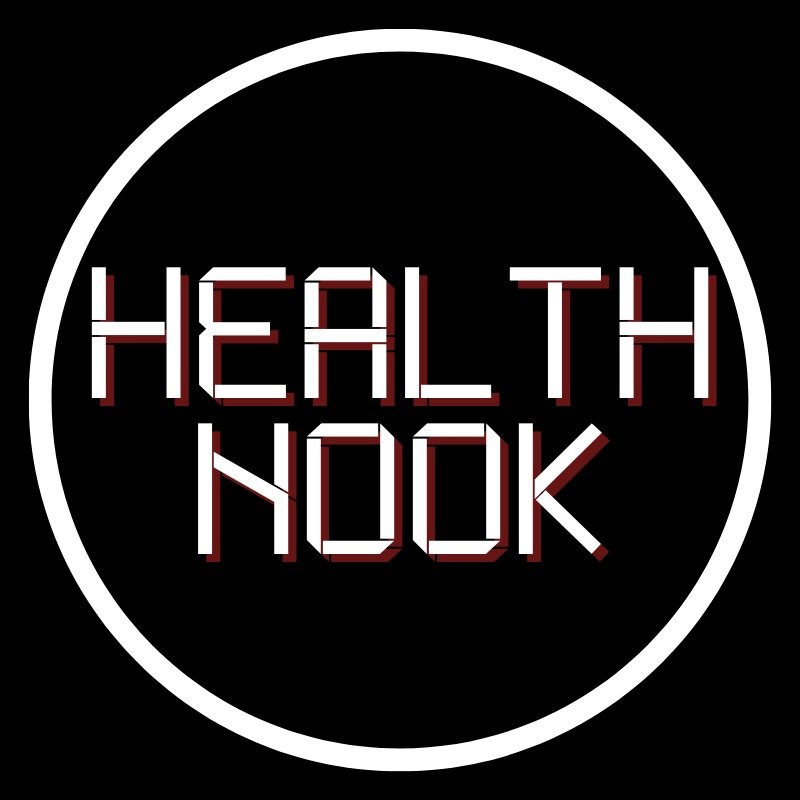Product Name: Flexible Meal Planning For Fat Loss – New For March 2021
All orders are protected by SSL encryption – the highest industry standard for online security from trusted vendors.

Flexible Meal Planning For Fat Loss – New For March 2021 is backed with a 60 Day No Questions Asked Money Back Guarantee. If within the first 60 days of receipt you are not satisfied with Wake Up Lean™, you can request a refund by sending an email to the address given inside the product and we will immediately refund your entire purchase price, with no questions asked.
The
tag in HTML is a fundamental element that is used to define a paragraph of text on a webpage. It is one of the most commonly used tags in web development and plays a crucial role in structuring content on a website. In this article, we will explore the
tag in detail, discussing its purpose, usage, and best practices for implementing it effectively.
Purpose of the
tag:
The primary purpose of the
tag is to define a paragraph of text on a webpage. By enclosing text within the
tags, web developers can create distinct blocks of content that are visually separated from each other. This helps to improve the readability and organization of the content on a webpage, making it easier for users to navigate and understand the information presented.
Usage of the
tag:
To use the
tag in HTML, simply enclose the text you want to display as a paragraph within the opening and closing
tags. For example:
This is a paragraph of text.
You can include any type of content within a paragraph, such as plain text, links, images, or other HTML elements. The
tag can be used multiple times on a webpage to create as many paragraphs as needed to convey the information effectively.
Best practices for using the
tag:
When using the
tag in HTML, it is important to follow some best practices to ensure that your content is well-structured and accessible to users. Here are some tips for using the
tag effectively:
1. Use the
tag for text content: The
tag is specifically designed for defining paragraphs of text. Avoid using it for other types of content, such as headings or lists, as this can lead to confusion and make your code less semantically meaningful.
2. Keep paragraphs concise: Aim to keep your paragraphs concise and focused on a single topic or idea. This will help to improve the readability of your content and make it easier for users to digest the information presented.
3. Use CSS for styling: While the
tag provides the basic structure for paragraphs, you can use CSS to style them according to your design preferences. This includes setting font styles, colors, margins, and other visual properties to enhance the appearance of your paragraphs.
4. Use proper indentation: When writing HTML code, it is important to use proper indentation to make your code more readable and maintainable. Indent the
tags within the parent elements to clearly define the structure of your webpage.
In conclusion, the
tag in HTML is a versatile and essential element for defining paragraphs of text on a webpage. By following best practices and using the
tag effectively, you can create well-structured and visually appealing content that engages users and enhances the overall user experience.

